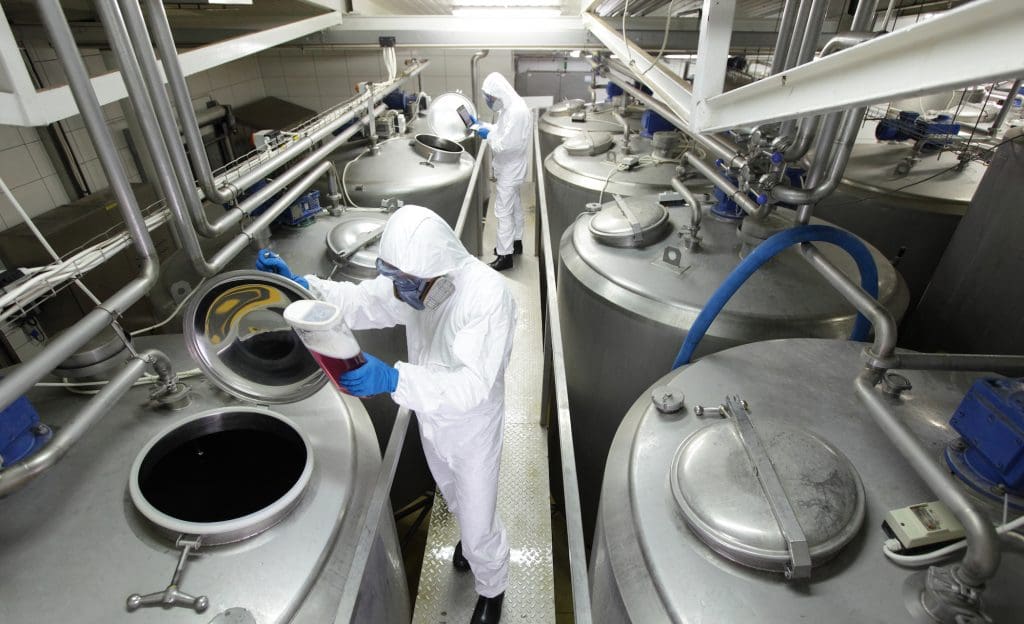
How Do You Coat the Inside of a Chemical Tank?
Tank design is pivotal to coating tank interior surfaces correctly.
The best way to avoid issues with chemical tank coating is to have a say in how those tanks are designed in the first place. Whenever possible, set up a time for design consultations during the development of the manufacturing process.
Chemical tank coating often requires thick builds of high-temp coatings. If chemical tanks are not designed correctly, they will not be coated properly, and their service life will be shorter than it should be. So keep the following tips in mind when designing chemical tanks or deciding whether to take a chemical tank coating job.
- Provide enough access. Chemical tanks should have a minimum of 24 inches at the primary opening with a removable or hinged lid.
- Design for best coating orientation. Whenever possible, build into the design the ability to coat chemical tanks while on their side or hanging upside down.
- Check size and weight limits in shop. Does your shop have big enough spraying areas, large enough ovens, and ovens that can maintain high temperatures for long cures?
- Make sure material is thick enough. Thin gauge materials don’t hold heat well thus not allowing for higher film builds. Also, different gauge materials on the same tank also create problems due to the different heat-up rates.
- Be aware of the tank wall structure. Many chemical tanks have double walls on all or part of tank. These “jacketed” tanks can take longer to heat, because of the space between the walls.
- Ask for inside welds, not outside. Welding from the outside can leave a gaps or imperfections that will lead to poor coating and future leaks.
- Widen the radius of inner corners. If the chemical tank has 90-degree corners on the inside tank bends, these corners should have a minimum 3/8-inch radius.
- Size the ports correctly. The length of any port should be twice the diameter of the opening. If ports are deep in the tank, make them as large as possible for easier access.
- Apply masking thoroughly. Small areas and edges can be tricky to mask, so one solution is to coat over the edges, to the other side of edges, and to the outside surface of tanks.
- Preheat parts for extra coats. Sometimes extra topcoats are required to reach high builds. Always preheat parts when adding multiple topcoats.
- Test for pinholes. Use a wet sponge Holiday tester to detect flaws in the coating when finished. This electrical procedure tests for continuity across the coating with a battery-powered device.
Common chemical tank coatings are high-temp fluoropolymers such as Teflon™ coatings or Xylan® coatings. Because there are so many factors involved in proper coating services, coating knowledge and application experience is invaluable. We have many experts here at Crest Coating, who have decades of experience, and we pull knowledge from many different areas. Fill out this quick form today and we can help select the right product for your job.